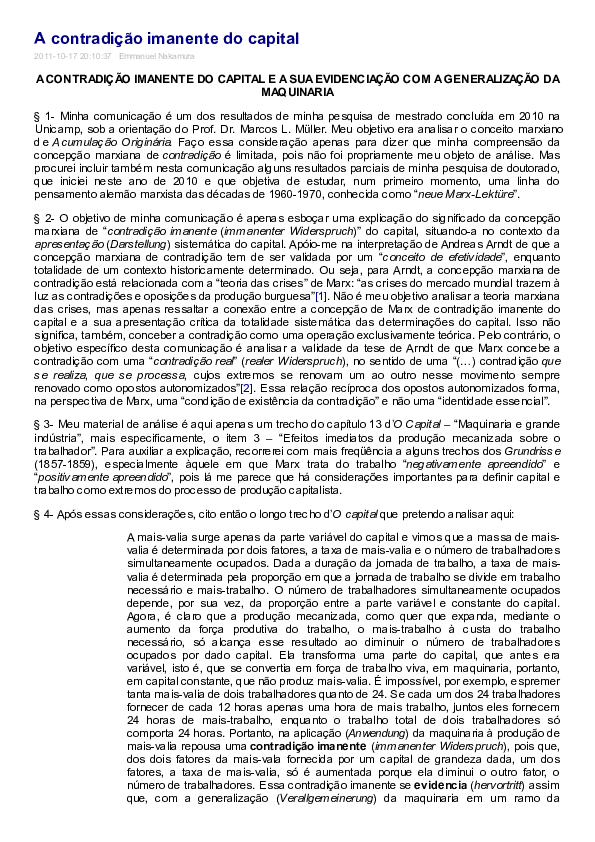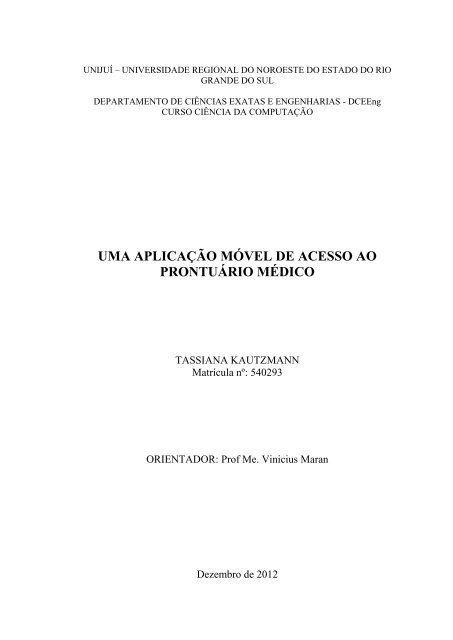PDF] Validation of the Brzycki equation for the estimation of 1-RM
Por um escritor misterioso
Descrição
The results suggest that the Brzycki equation seems to be a fairly attractive alternative for the estimation of 1-RM values in the bench press from the performance of submaximal tests of 7-10-RM, in sedentary or moderately active male adults. The aim of the present study was to analyze the validation of the equation proposed by Brzycki for the prediction of a maximum repetition (1-RM) in the bench press. Fifty sedentary or moderately active male subjects (22.2 ± 3.5 years; 64.7 ± 8.6 kg), were initially submitted to six test sessions of 1-RM in the bench press, with 48 hours of interval between each session, in order to determine the maximum workload. A protocol of force resistance was then performed for the determination of 7-10-RM. The used criteria for the validation included: t-Student test for dependent samples, for comparison among the mean values obtained by the predictive equation and by the 1-RM test; Pearson correlation coefficient for analysis of the association degree among the measurements; standard error of estimate (SEE) for evaluation of the mean deviation degree of the individual data along the produced line; total error (TE) for the verification of the mean deviation of the individual values of the identity line; constant error (CE) for analysis of the difference among the mean values obtained in the 1-RM test and predicted by the proposed equation. None statistically significant difference was verified among the values produced by the 1-RM test and the Brzycki equation (P > 0.05). Both the SEE and the TE were relatively low (2.42 kg or 3.4% and 1.55 kg or 2.2%, respectively), as well as the CE found (0.22 kg or 0.3%). Moreover, the correlation coefficient value found was extremely high (r = 0.99; P < 0.05), thus showing a strong association between the values found by the 1-RM test and the Brzycki equation. Therefore, the equation analyzed by this study satisfied the validation criteria established by the literature. The results suggest that the Brzycki equation seems to be a fairly attractive alternative for the estimation of 1-RM values in the bench press from the performance of submaximal tests of 7-10-RM, in sedentary or moderately active male adults.
![PDF] Validation of the Brzycki equation for the estimation of 1-RM](https://i1.rgstatic.net/publication/39437121_Application_of_the_1RM_estimation_formulas_from_the_RM_in_bench_press_in_a_group_of_physically_active_middle-aged_women/links/0c96051e4e1d62ce06000000/largepreview.png)
PDF) Application of the 1RM estimation formulas from the RM in bench press in a group of physically active middle-aged women
![PDF] Validation of the Brzycki equation for the estimation of 1-RM](https://www.mdpi.com/applsci/applsci-11-03234/article_deploy/html/images/applsci-11-03234-g001.png)
Applied Sciences, Free Full-Text
![PDF] Validation of the Brzycki equation for the estimation of 1-RM](https://i1.rgstatic.net/publication/354274253_Validation_of_a_Smartwatch-Based_Workout_Analysis_Application_in_Exercise_Recognition_Repetition_Count_and_Prediction_of_1RM_in_the_Strength_Training-Specific_Setting/links/612f80eb38818c2eaf76e514/largepreview.png)
PDF) Validation of a Smartwatch-Based Workout Analysis Application in Exercise Recognition, Repetition Count and Prediction of 1RM in the Strength Training-Specific Setting
![PDF] Validation of the Brzycki equation for the estimation of 1-RM](https://www.frontiersin.org/files/Articles/895512/fendo-13-895512-HTML-r1/image_m/fendo-13-895512-g001.jpg)
Frontiers Intensity Dependent Effects of Interval Resistance Training on Myokines and Cardiovascular Risk Factors in Males With Obesity
![PDF] Validation of the Brzycki equation for the estimation of 1-RM](https://i1.rgstatic.net/publication/45200325_One-Repetition_Maximum_Bench_Press_Performance_Estimated_With_a_New_Accelerometer_Method/links/5aaaa32c45851517881b4074/largepreview.png)
PDF) One-Repetition Maximum Bench Press Performance Estimated With a New Accelerometer Method
![PDF] Validation of the Brzycki equation for the estimation of 1-RM](https://media.springernature.com/lw685/springer-static/image/art%3A10.1007%2Fs40279-023-01854-9/MediaObjects/40279_2023_1854_Fig2_HTML.png)
The Predictive Validity of Individualised Load–Velocity Relationships for Predicting 1RM: A Systematic Review and Individual Participant Data Meta-analysis
![PDF] Validation of the Brzycki equation for the estimation of 1-RM](https://miro.medium.com/v2/resize:fit:1400/1*384wG8xl8pAYF4W2yxC6WQ.jpeg)
RPE: FITSPO JARGON OR TRAINING EPIPHANY?, by Ben Scott STCfit, STCfit
![PDF] Validation of the Brzycki equation for the estimation of 1-RM](https://d3i71xaburhd42.cloudfront.net/68604bc9653cd4acd6f9b148db1fe27ed29d7063/27-Table3-1.png)
Validation of the Brzycki and Epley Equations for the 1 Repetition Maximum Back Squat Test in Division I College Football Players
![PDF] Validation of the Brzycki equation for the estimation of 1-RM](https://www.mdpi.com/nutrients/nutrients-13-01640/article_deploy/html/images/nutrients-13-01640-g001.png)
Nutrients, Free Full-Text
de
por adulto (o preço varia de acordo com o tamanho do grupo)






